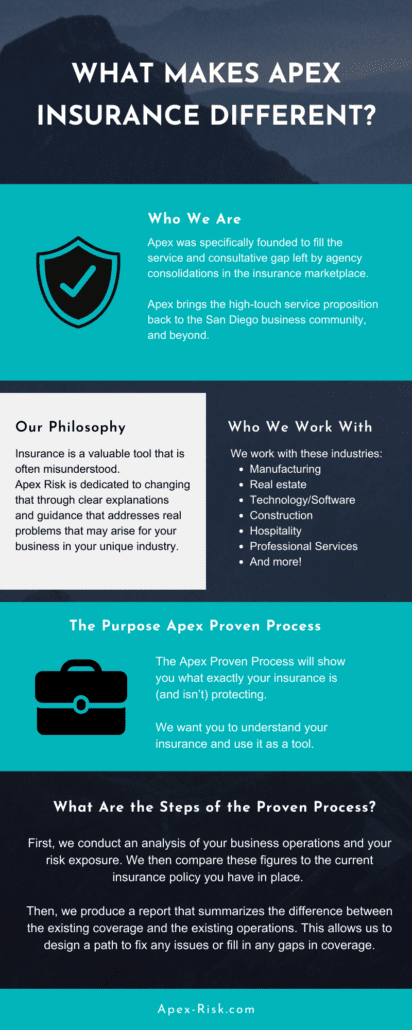Some Known Incorrect Statements About Pacific Prime
Some Known Incorrect Statements About Pacific Prime
Blog Article
The Main Principles Of Pacific Prime
Table of ContentsOur Pacific Prime StatementsNot known Factual Statements About Pacific Prime An Unbiased View of Pacific PrimeGetting My Pacific Prime To WorkThe Pacific Prime Ideas

This is because the data were accumulated for a period of solid financial performance. Of the approximated 42 million people who were without insurance, almost regarding 420,000 (about 1 percent) were under 65 years old, the age at which most Americans end up being qualified for Medicare; 32 million were grownups between ages 18 and 65, about 19 percent of all grownups in this age; and 10 million were children under 18 years of age, concerning 13.9 percent of all children (Mills, 2000).
These quotes of the variety of persons without insurance are produced from the yearly March Supplement to the Existing Populace Study (CPS), performed by the Census Bureau. Unless otherwise kept in mind, national estimates of people without medical insurance and percentages of the populace with various kinds of protection are based upon the CPS, the most widely used source of quotes of insurance policy protection and uninsurance prices.
More About Pacific Prime

Still, the CPS is particularly helpful since it creates annual estimates relatively quickly, reporting the previous year's insurance coverage estimates each September, and due to the fact that it is the basis for a constant set of estimates for more than two decades, permitting for analysis of patterns in protection in time. For these factors, along with the considerable use the CPS in various other research studies of insurance policy protection that exist in this record, we count on CPS estimates, with constraints noted.

The quote of the variety of without insurance people broadens when a populace's insurance policy status is tracked for numerous years. Over a three-year period starting early in 1993, 72 million people, 29 percent of the united state populace, lacked protection for at least one month. Within a single year (1994 ), 53 million individuals experienced a minimum of a month without coverage (Bennefield, 1998a)
Six out of every 10 uninsured grownups are themselves employed. Working does boost the probability that one and one's family participants will certainly have insurance, it is not a warranty. Even participants of family members with two permanent breadwinner have practically a one-in-ten chance of being uninsured (9.1 percent uninsured price) (Hoffman and Pohl, 2000).
7 Simple Techniques For Pacific Prime
New immigrants make up a considerable percentage of people without medical insurance. One analysis has connected a substantial portion of the recent growth in the dimension of the U.S. without insurance populace to immigrants who arrived in the country in between 1994 and 1998 (Camarota and Edwards, 2000). Recent immigrants (those who involved the USA within the previous four years) do have a high rate of being without insurance (46 percent), yet they and their youngsters account for just 6 percent of those without insurance policy across the country (Holahan et al., 2001).
The relationship between medical insurance and accessibility to care is well her response developed, as recorded later on in this phase. The relationship between health and wellness insurance policy and wellness end results is neither direct nor basic, a considerable professional and health and wellness services research literary works web links health and wellness insurance coverage to enhanced access to care, far better top quality, and enhanced personal and population health standing.
Degrees of analysis for examining the effects of uninsurance. This discussion of health insurance policy coverage concentrates largely on the U.S. populace under age 65 since practically all Americans 65 and older have Medicare or various other public protection. It focuses especially on those without any kind of health and wellness insurance coverage for any kind of length of time.
The Pacific Prime Diaries
The troubles dealt with by the underinsured are in some respects comparable to those faced by the without insurance, although they are generally much less serious. Health insurance policy, nonetheless, is neither needed nor enough to gain access to clinical services. The independent and straight impact of wellness insurance coverage on accessibility to health and wellness services is well developed.
Others will certainly acquire the healthcare they need also without medical insurance, by paying for it expense or seeking it from carriers who offer care totally free or at highly subsidized prices. For still others, health insurance policy alone does not guarantee receipt of treatment due to various other nonfinancial barriers, such as a lack of healthcare providers in their area, limited access to transportation, illiteracy, or etymological and cultural distinctions.
Pacific Prime Can Be Fun For Everyone
Formal research study regarding without insurance populations in the United States dates to the late 1920s and early 1930s when the Board on the Expense of Treatment created a collection of records about funding physician workplace sees and hospital stays. This issue became salient as the varieties of clinically indigent climbed throughout the Great Anxiety.
Report this page